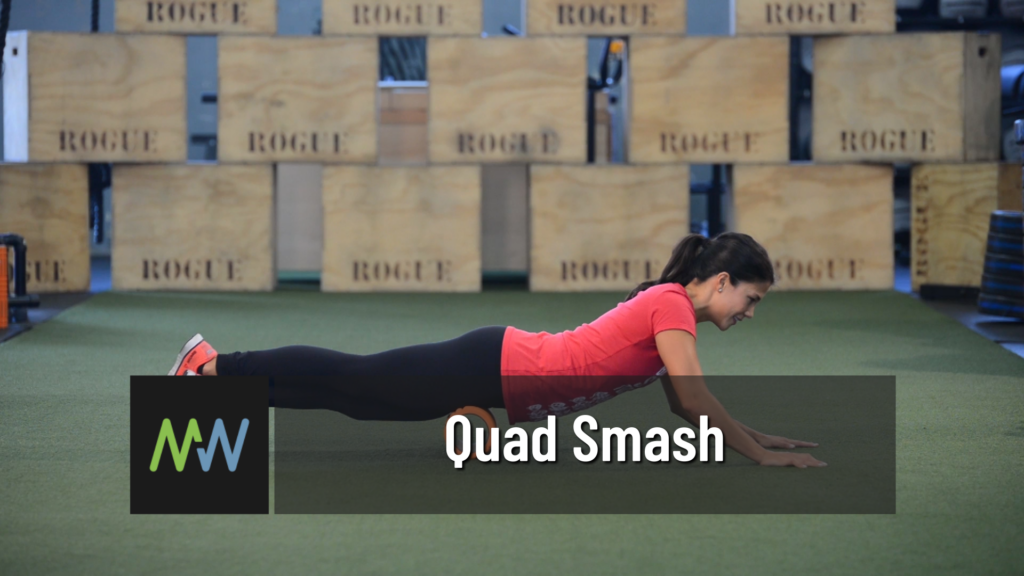Pigeon pose is a classic pose that you have probably attempted before if you have ever found yourself in a group class setting or practicing yoga. Known as a big hip opening stretch (Yoga Journal even calls it the King of Hip Openers!), it can be a little intimidating if you are new to a stretching routine. The benefits are undeniable, though, and there are always ways to modify the original stretch to meet you exactly where you are at in your flexibility journey.
As with many hip openers, there are a variety of different ways to perform pigeon ranging from beginner to the most advanced. It is important when approaching a move such as this one that care be taken to avoid any injury or unnecessary strain in the muscles that you are actually trying to care for.
In this article, we will walk through the basics of the classic pigeon pose. We will cover how to perform pigeon safely, the benefits of doing this stretch on a regular basis, and then ways to modify it to meet your own current ability level. Let’s get to opening those hips!
What is the Pigeon Pose?
There are variations of the pigeon pose that build one on top of the other. The pigeon pose we are discussing today is the beginner version of the stretch and is the one that you most commonly see performed in yoga classes or as a warm up stretch in group classes. All you need to do this stretch is a space on the floor, a yoga mat if you would like, and your own body weight. This one really is accessible!
First things first, roll out your yoga mat if you are choosing to use one. Come onto your yoga mat and enter the Tabletop position. In a Tabletop position, you will place your hands on the floor right under your shoulders. You will also place your knees on the floor directly under your hips. Focus your gaze downward to keep your neck from straining too up or too down. Lastly, pull your belly button in towards your spine engaging your core. This will help protect your spine and keep a neutral alignment.
Once you have found a solid Tabletop position, engage your core and step your left foot on the outside of your left hand. From here, take your left ankle towards your right wrist and let your left knee come to the ground. The outside of your leg, from your ankle to your knee should be lying gently on the floor.
Once here, extend your right leg out straight behind you until your knee has reached the ground. It may be tempting to let your hips sink to one side. Resist this natural movement by staying as upright and as stacked as possible.
You can stay elevated on your hands or come onto your forearms if that feels good for your body. You should feel a deep stretch in your hips and quad muscles. Hold this pose for your desired amount of time. We recommend starting with 30 seconds and then building up from there.
To come out of the pose, come onto your hands (if you were previously on your forearms), and bring the legs one-by-one back into a Tabletop position. Repeat this pose on the other side following the steps stated above. Hold for the same amount of time.
Because this can be quite intense, it is very important that you remember to breathe deeply as you hold the pose. Think about expanding on the inhale (whatever that might mean to you), and then sinking gently deeper into the pose on the exhale.
Benefits of Pigeon Pose
The hips get a lot of love in pigeon pose. This pose can actually lengthen the hip flexors, increase your external range of motion of the femur in the hip pocket, and build up the flexibility and openness to attempt more advanced hip opening positions. This pose can also prepare you for seated postures and even backbends.
Pigeon Pose Modifications
Because this can be an intense hip opener, there are ways to modify it to make it better suited for your personal range of motion. The first way to do this is to pad the hip if needed. If your hip on the front leg does not reach the floor, you can use a blanket or towel to pad the hip to make it more comfortable. This will help keep your hips squared off and avoid any unnecessary stress placed on your joints.
You can also build up flexibility for this position by keeping your back leg at a ninety-degree angle instead of fully extended. This should help you build up the mobility in the hips and groins to then fully attempt the traditional pigeon pose after a while.
If you want a bit of a deeper stretch, you can turn pigeon into a forward fold. Once you are safely established in pigeon, bring your forearms to the ground and fold your torso over your front leg. This will help get a deeper stretch in the hips.
If you ever feel any pain in the knees, hips, or groin, come safely out of the stretch immediately. While this stretch is commonly intense, it should never be painful.
Starting in a tabletop position, step your left foot outside your left hand.
Slowly take the left ankle to the right wrist and allow the left knee to drop to the floor.
Slowly straighten the back leg until the knee is on the ground.
Maintain or find the forearms on the ground.
If you can, push up so that your torso is upright and you’re looking forwards.



